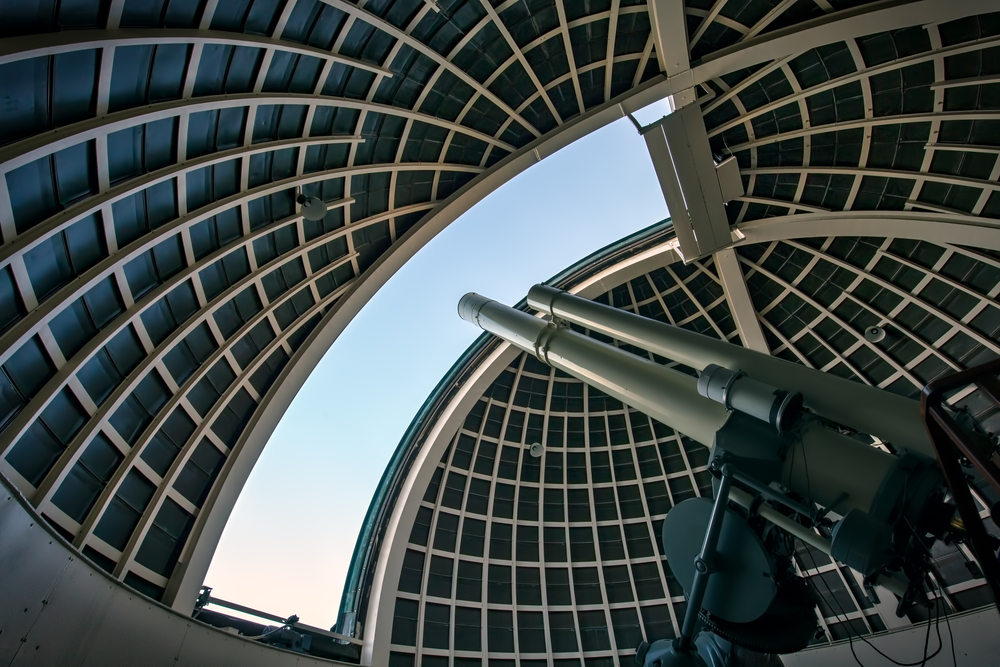An international group of universities and science institutes are building the world’s largest telescope located at the Las Campanas Observatory in Chile’s Atacama Desert. This location was chosen for its premier locations for astronomy with its dark and clean skies. Construction on this Giant Magellan Telescope is expected to start by the end of the year 2023 and will cost around $1 billion.
The international group involved in the project includes institutions in the United States, Brazil, Australia, and South Korea. Among the institutions involved on the United States side include the University of Arizona, Harvard University, the University of Chicago and the Smithsonian Institution. The partners in this project will help with fundraising and construction costs as well as their scientists will receive viewing time on the instrument.
“ASU’s expertise in planets will be a great asset to the Giant Magellan project going forward,” said Robert Shelton, president of the Giant Magellan Telescope Organization, in an announcement about the partnership. ASU’s School of Earth and Space Exploration is already involved in several different space projects some of which include operating the cameras aboard the Lunar Reconnaissance Orbiter, instruments on the Mars rovers, and are leading a deep-space mission to an asteroid called Psyche Mission.
The Giant Magellan Telescope will be able to produce images with 10 times the sharpness of the Hubble Space Telescope, according to telescope officials. Astronomers will now be able to see fainter objects and conduct more detailed observations with this telescope and it’s new capabilities like nearby stars and exoplanets, which are planets outside of our solar system.
This telescope has a unique design that combines seven of the largest mirrors that can be manufactured, each are about 8.4 meters (27 feet) across, to create a single telescope effectively 25 meters or 85 feet in diameter. Each of the mirrors is polished to an accuracy of 25 nanometers or one millionth of an inch at the University of Arizona’s Richard F. Caris Mirror Laboratory.
“An enormous amount of work has gone into the design phase of the project and development of the giant mirrors that are the heart of the telescope. The highest technical risks have been retired, and we are looking forward to bringing the components of the telescope together on the mountain top,” says Patrick McCarthy, interim president of the GMT Organization.
This Giant Magellan Telescope will enable astronomers to characterize planets that are orbiting other stars, witness the formation of galaxies and stars, and even gain insights into dark matter and dark energy and will likely lead to new and unforeseen discoveries.

